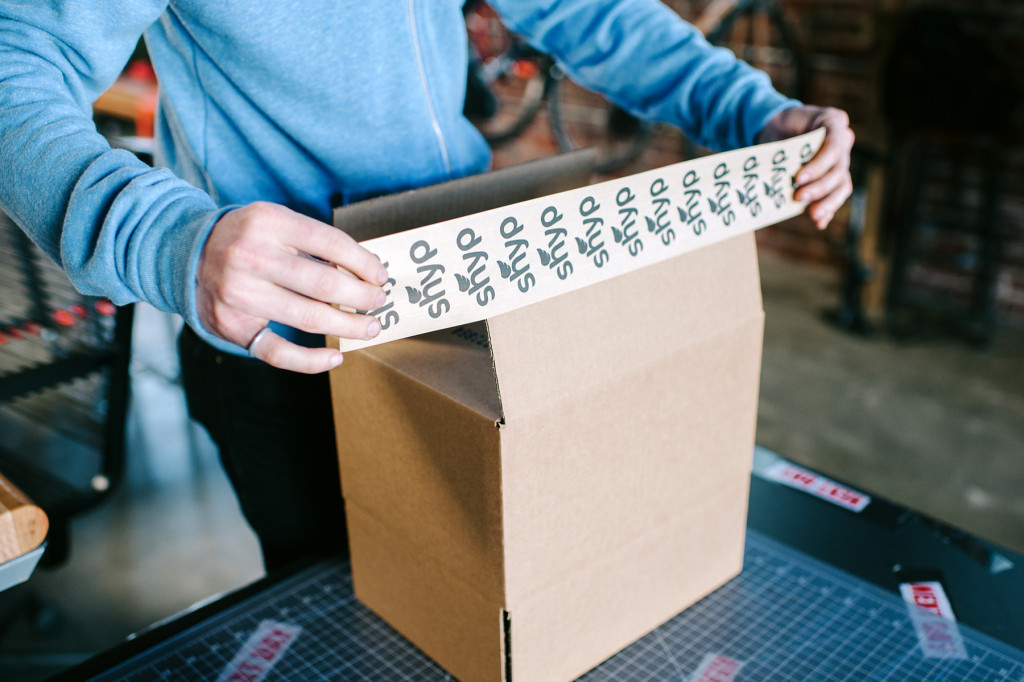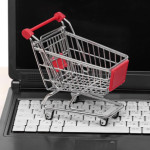While sales channels and marketing practices are always adapting to fit consumer behavior, the less sexy part of a business does the same. The way merchants handle their shipping and fulfillment is changing.
You’ve likely heard of the car service Uber before, as well as the movement that came with it. That movement, which some call “uberization,” is effecting the way many businesses go about their business, and it’s no different for ecommerce.
What Is “Uberization”?
Uberization essentially means moving toward the “sharing” or “gig” economy, where workers work gigs on and off as they please and have a flexible relationship with their employer. It’s sort of like on-demand employment.
Seeing as the word uberization has the company’s name in it, they’re a good example of how it works. In cities where Uber operates, they hire vehicle owners as independent contractors to ferry people around. Customers use Uber’s mobile app to find a driver, a driver working those hours is alerted to their location, they pick the customer up, take them where they need to go, and the customer pays.
It sounds pretty much like your average cab, and it is, but with a big difference – that “gig” part. Because Uber chooses a city to operate in, and they essentially hire on-demand freelancers to drive when they please, the company has reduced costs. That said, it isn’t all rainbows and sunshine – there are workforce and regulation issues gig type companies are having to deal with – but, long story short, it’s proven to be effective, and the world of ecommerce has taken notice.
The Big Boys Are Taking Notice
It would be cool if that kind of thing worked for shipping products, right?
Apparently so, since other ecommerce platforms and marketplaces are already uberizing shipping and fulfillment. Only a month ago, Bigcommerce and Shopify announced partnerships with UberRUSH, an on-demand delivery network designed for local retailers.
The phrase “on-demand” once again is at the core of UberRUSH, and this time it’s an on-demand, local carrier. For UberRUSH to work, all parts of the fulfillment process – merchant or fulfillment center, customer, and carrier – have to be in the same city that UberRUSH operates in, which include San Francisco, New York, and Chicago. Bigcommerce or Shopify merchants based in those cities are able to offer same-day delivery to customers in the neighborhood. The customers simply select the same-day option, a merchant either packs the product themselves (or has their local fulfillment center do it), the UberRUSH carrier picks up the order wherever it is, and then delivers it to the city-dwelling-customer.
You know this new method of fulfillment is legit when even Amazon is fiddling with a similar program. Called Amazon Flex, the program is like Uber in that it pays on-demand employees to pick up orders from Amazon warehouses and drive them over to a local customer. Compared to UberRUSH, Amazon has a large advantage due to their plethora of fulfillment warehouses. Currently, Seattle is the only city Flex works in, but the marketplace expressed plans to roll it out to Prime Now cities, which tend to have various Amazon distribution centers.
Uber Type Of Shypping App
Where there’s a vehicle, there’s a way to get products from point A to B. Like Uber, a mobile app for gig shipping has been developed called Shyp. Its purpose is simple. Rather than a person having to process, package, and take a product to a carrier, Shyp does it all for ~$5. The company hires freelancers similar to Uber called “Shyp Heroes” in a city it operates in, customers with the app take pictures of an item they want shipped, and the mobile app connects them with a worker who arrives to pick up and fulfill the item through the cheapest carrier, whether it’s USPS, FedEx or UPS.
That said, it’s clear that Shyp is primarily oriented towards small-scale businesses handling low order quantities and consumers shipping items like gifts. Because they’re usually working with a steady volume of orders, medium-to-large sized merchants are likely to find Shyp ineffective compared to handling orders in-house or outsourcing fulfillment.
But there is an exception, and that’s returns. Since Shyp handles packaging, processing, and they’re connected with all major carriers, it’s possible for a merchant’s customer to use them for quick, effortless returns. All a merchant needs to do is send or include a printed, prepaid return label to the customer who then follows the same process mentioned above. Merchants don’t need to worry about packaging, because Shyp provides it. The only thing a merchant needs to figure out is if and how they’re going to reimburse the customer for that ~$5 flat rate that Shyp charges – whether you provide some in store credit, or add it to the refund is up to you.
That’s Nice, But What Does All This Mean For You?
This post is more of an FYI to let you know what’s changing in the world of shipping. It’s still early days for this uberization movement, and only a handful of merchants are testing its effectiveness when it comes to getting orders out. The opportunity to use on-demand, same-day deliver services like Amazon Flex and UberRUSH is constrained by geographic area, but it’s still a glimpse of what the future may hold for merchants, and we’re looking forward to watching if it gains traction.
Although it represents only a fraction of total retail sales, ecommerce’s slice keeps getting larger, and the bigger it is, the more attention it will get. Already, we have mobile apps like Shyp building features that cater specifically to ecommerce. With big name companies like Uber working with leading ecommerce platforms, plus a company as huge and influential as Amazon experimenting with new methods of fulfillment, we’re sure to see some changes to how merchants ship in the future. Whatever happens, we’ll keep you updated!



